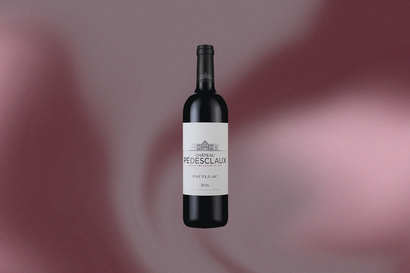How to speak to your barista
The essential terms to ensure you don't get in a froth when ordering your next coffee
Coffee speak is seemingly complex, but not when you know what you’re talking about, hence learning your espresso from your extraction is essential if you want to be taken seriously by any barista. We spoke to Charlie Cook, barista at Allpress, one of London’s finest purveyors of coffee, who gave us a lesson in the perfect cup of Jo – and what it takes to make one.
Cortado: A nice afternoon jolt, smaller than a flat white but with more espresso, it will easily bring you out of the 3pm slump.
Cafetière: The ubiquitous piece of equipment, found in offices and probably your kitchen. They definitely won’t be the most trendy thing at the London Coffee Festival, but don’t feel like you need to get rid of yours. If you spend a little time playing around with your cafetière, you can get some great results out of it. Try a courser grind and don’t push the plunger down all the way for a cleaner, less gritty cup of coffee.
De-gas: Freshly roasted coffee needs about five days to let off the gas produced during the roasting process, especially if you’re producing espresso.
Portafilter: Often called ‘handles,’ these are the removable filter basket holders used for making espresso. You grind your espresso into the basket, level it off, tamp, and then reinsert into the coffee machine.
Tamping: The action of using a flat or slightly curved, heavy piece of metal to compress the coffee grounds into the portafilter so water flows evenly over the coffee.
Cupping: A standardised process for tasting and evaluating coffee. Coarsely ground coffee is put into a bowl and left to sit in water just under the boil. A crust forms on the top which is removed so you can smell, then it is slurped with a spoon for the flavour. The results are highly caffeinated so remember to spit it out if you don’t want an intense coffee buzz.
Extraction: The process of bringing out the flavours and aromas of roasted coffee with water. The extraction time can be short to long, and the water can be hot or cold, depending on the brewing method. Under-extraction is the failure to fully bring out those flavours and will taste a bit sour, whereas over-extraction is when you’ve brought out all the good flavours, but then you kept going. The final result is that it’ll probably taste a bit muddy.
Nitro Cold Brew: Cold brew is coffee ground coarse that has extracted in cold water for up to 24 hours. Nitro Cold Brew is cold brew that is then poured through a beer tap with the addition of nitrogen, producing something like Guinness.
Dosing: The amount of coffee that you use when brewing. How much you use depends on the method you’re using to extract the coffee. More for a cafetière, less for a shot of espresso.
Process: Before arriving at a roaster, the coffee is picked, the fruit (called a cherry) is removed and it is dried on patios. The method used in removing the fruit and drying the bean will affect how your roasted coffee tastes.

Become a Gentleman’s Journal Member?
Like the Gentleman’s Journal? Why not join the Clubhouse, a special kind of private club where members receive offers and experiences from hand-picked, premium brands. You will also receive invites to exclusive events, the quarterly print magazine delivered directly to your door and your own membership card.


